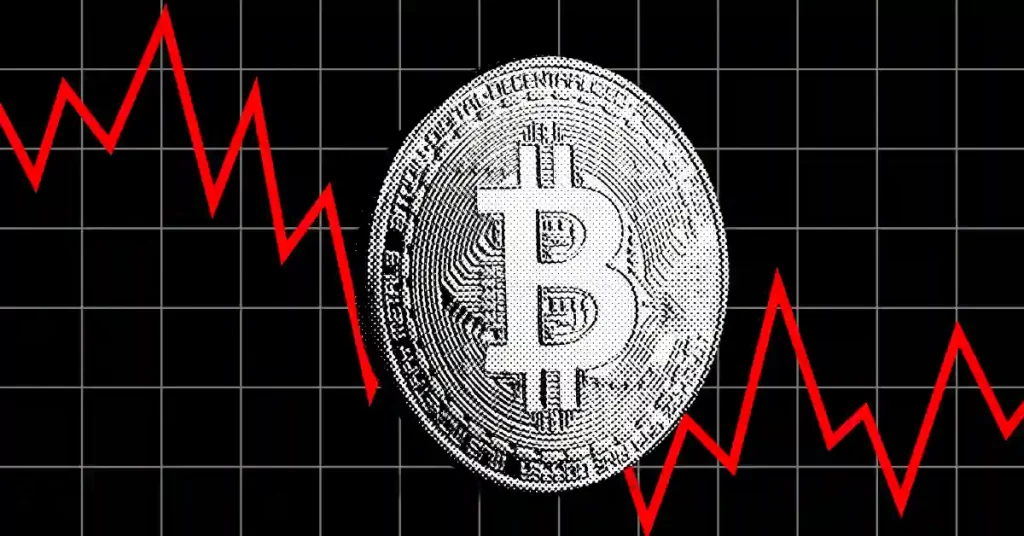
The post Bitcoin And Altcoin News: 3 Reasons Markets May Be Turning Bearish appeared first on Coinpedia Fintech News
The cryptocurrency market is currently stuck in a range, with Bitcoin still attempting to rise above the crucial $90k mark. Meanwhile, the majority of altcoins are trying to recover from recent losses. Experts are noticing an interesting shift, as altcoins begin to break trends and take the lead. For months, Bitcoin was the dominant force, but as it slowed down, altcoins started to drive the market’s correction.
However, Matt Bartolini, head of SPDR Americas Research at State Street Global Advisors, recently discussed risks facing the markets, especially in light of the current economic climate. Here are three key reasons why markets may be turning bearish:
Weakened Consumer Confidence: Consumer confidence dropped to its lowest point since 2021, hitting 92.9 in March. This suggests that Americans are feeling uneasy about the economy, and if spending slows down, it could hurt the market, especially in the consumer sector. Consumer discretionary stocks in the S&P 500 are down 9% this year, compared to a 2% decline in the overall market.
Bearish Positioning in Consumer Discretionary: There are signs of a bearish outlook in the consumer discretionary sector, with $800 million in outflows in March alone. Options data also shows a higher number of puts compared to calls, and short interest is rising. A lot of this bearish sentiment comes from poor performance in stocks like Tesla and broader economic factors.
- Also Read :
- Four Reasons Why XRP Price May Hit $20 Soon
- ,
Uncertainty in Economic Data: Worries over inflation and weak economic data, like GDP forecasts from the Atlanta Fed, are also affecting market sentiment. While some sectors, like healthcare and insurance, are doing better, overall economic challenges and tariff impacts are making investors more cautious. However, banks are benefiting from widening interest margins and have seen positive inflows.
Never Miss a Beat in the Crypto World!
Stay ahead with breaking news, expert analysis, and real-time updates on the latest trends in Bitcoin, altcoins, DeFi, NFTs, and more.














